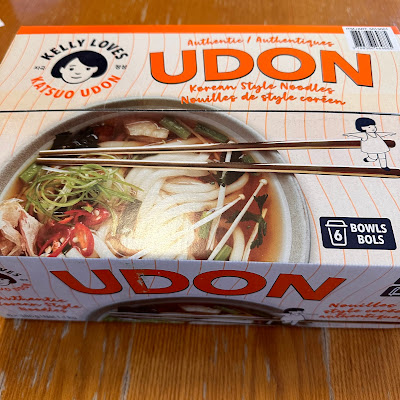Emoticons and Densha Otoko
Pretty much anyone into anime has probably heard about Train Man. It is a story about an otaku who saves an attractive woman on the train from a drunk salary man and then gets help from the posters on 2chan about how to court her as he is very socially awkward. Eventually they end up in a serious relationship and live happily ever after - a modern day fairy tale involving pre-Web 2.0 social media. I loved the story, read the manga, and saw the movie, but never saw the TV series.
Anyhow, the Train Man postings were translated into English here: http://www.rinji.tv/densha/ with plenty of emoticons. So if you have a bunch of time and don't read Japanese, read the "close" to original, and also interpret all of the wonderful emoticons.
(^v^)
I also wonder about how emoticons evolved between the East (aka Japan) and the West. The first computer text ones were even done by a techie back in 1982 by Scott Fahlman of Carnegie Mellon University when cellphones were were not quite out the door yet and were the size of a brick.
Western emoticons are read from left to right in a very logical sequential manner in an approach that is like building a word out of letters. You also ever wonder why you start with the eyes rather then the mouth first in the left to right order? This is probably due to western socialization to look at the other person's eyes, when we talk.
However, in the East, the emoticons are to be read as a whole image or pictogram, much like Kanji or Traditional Chinese Characters. That is pretty cool. I think the Japanese were innovative here around the facial expressions due to the pervasiveness of manga and its many standardized expressions of emotion and facial expression. It also turns out from a Google search that there are many scientists working on this research problem too. Just Google terms like "perception comparative psychology emoticon emoji"
http://en.wikipedia.org/wiki/Emoticon
Below are some sample emoticons using the Unicode text set. Emoticons are so important that some of them have been standardized in the international character sets.
| (^_^) or (^_^)v, etc | Laughing |
| (>_<)> | Troubled |
| (^_^;) | Troubled |
| (ToT) | Crying |
| m(_ _)m | Apologising |
| (^^ゞ or (^^;) | Shy |
| ( ̄ー ̄) | Grinning |
| (≧∇≦)/ | Joyful |
| ( ̄□ ̄;) | Surprised |
| (#^.^#) | Shy |
| (*´▽`*) | Infatuation |
| (ーー;) | Worried |
| (*^▽^*) | Joyful |
| _| ̄|○ | Depressed |
| (^▽^) | Laughing |
| (´・ω・`) | Snubbed |
| ( ゚ Д゚) | Shocked |
| (・∀・) | Laughing |
| (T▽T) | Crying |
| (* ̄m ̄) | Dissatisfied |
| ( ´∀`) | Laughing |
| (⌒▽⌒) | Laughing |
| (^v^) | Laughing |
| (*°∀°)=3 | Infatuation |
Other Tokyo Excess Japanese Pop Culture Links
- Cup Noodles - Nissin Pop Culture
- Kaiju (Monster-sized) Burgers
- Pocky Pop Culture
- Coffee Please, Not Tea - Tokyo Coffee Shops, Hario & Canned Coffee
- Gyudon From Yoshinoya and Sukiya and JAL Air Beef Bowl
- JAL Inflight Food (they even did Air MOS Burgers)
- The Konbini Song and Lawson Evangelion Tie-ins
- Giant Robot Toys - Macross, Godzilla, Gundam
- Alien Art - Haniwa & Dogu Figures (Jomon & Yayoi Periods)
- Japan's Amazing Love of All Things Cat
- Kowloon Walled City and Gunkanjima Island. Even showed up in the James Bond movie Skyfall.
- Emoticons and Densha Otoko
- Hello Kitty and Pokemon Airliners
- Japanese Super Science











Comments
Post a Comment